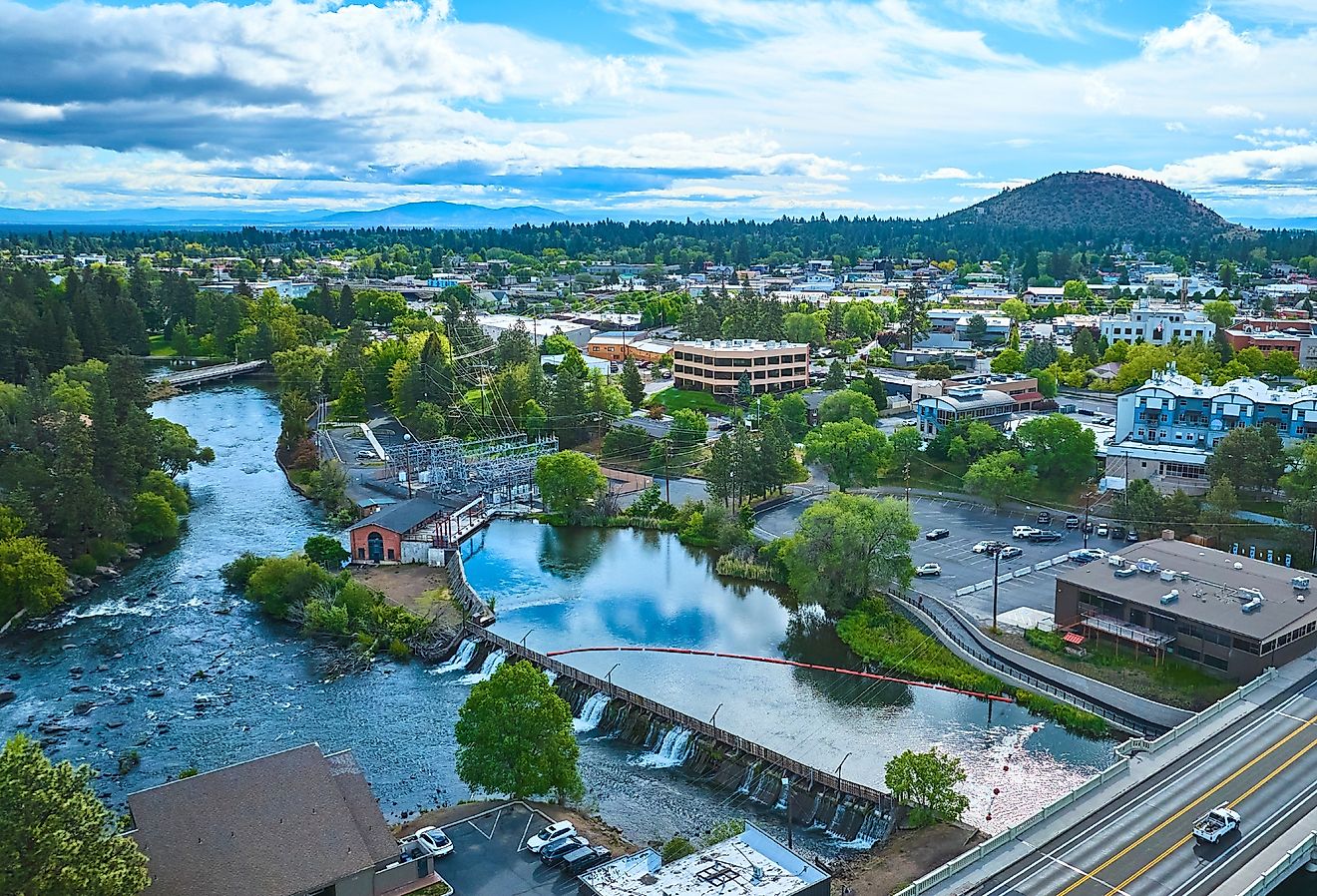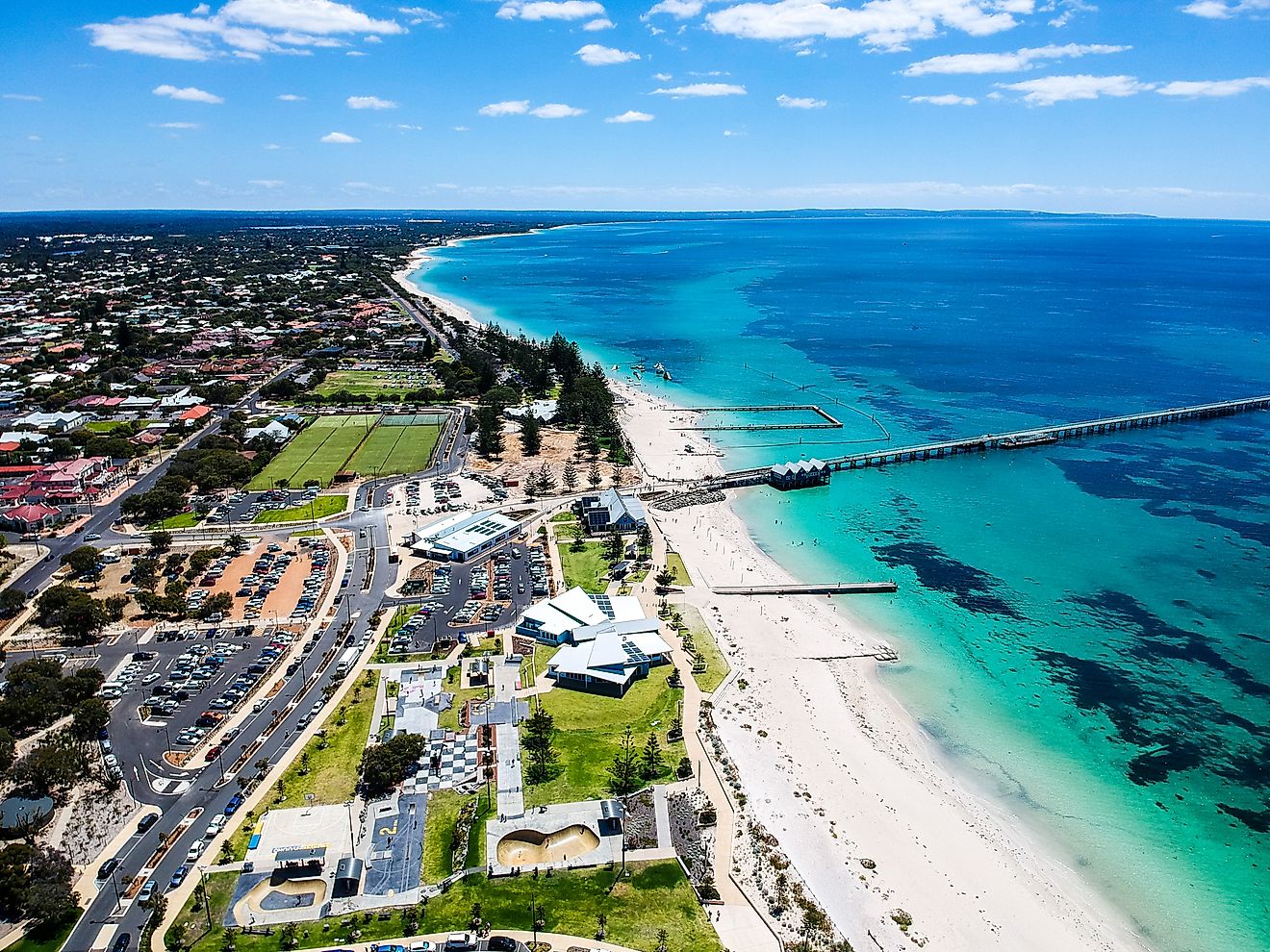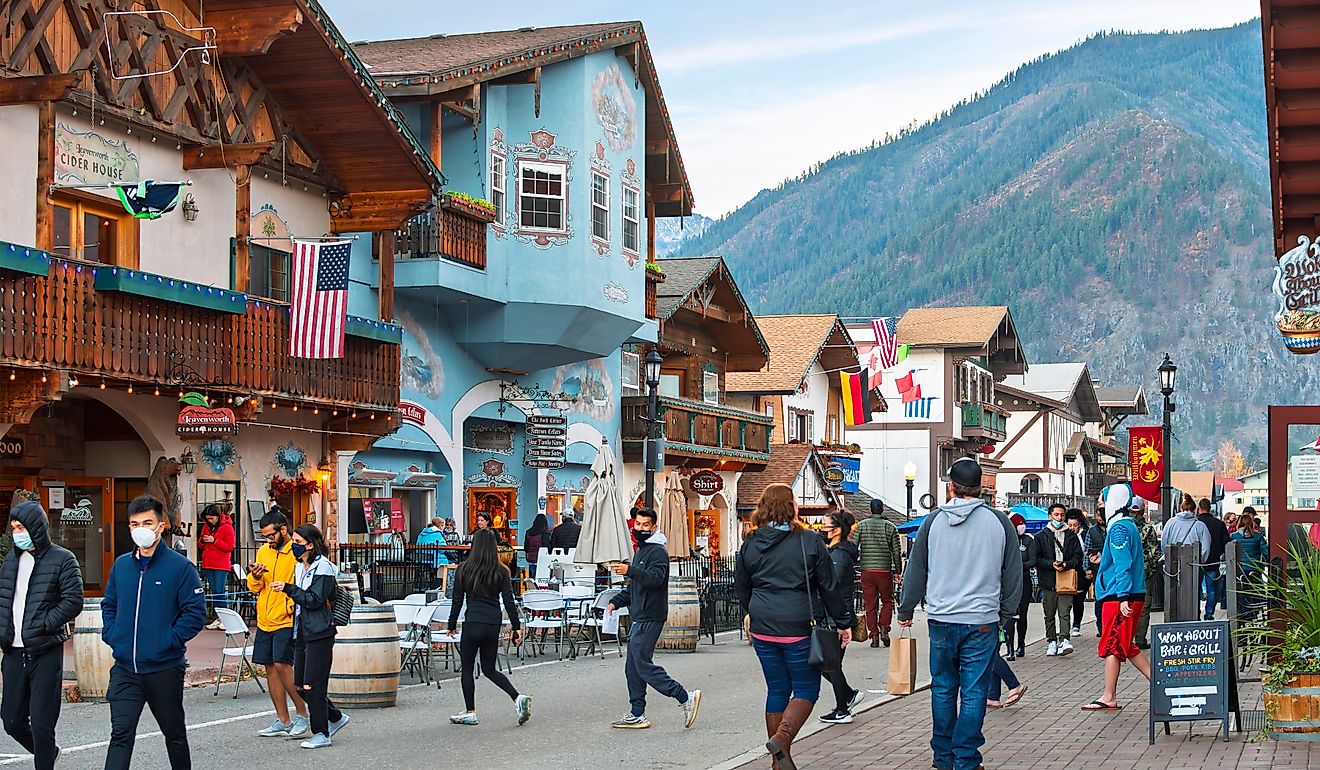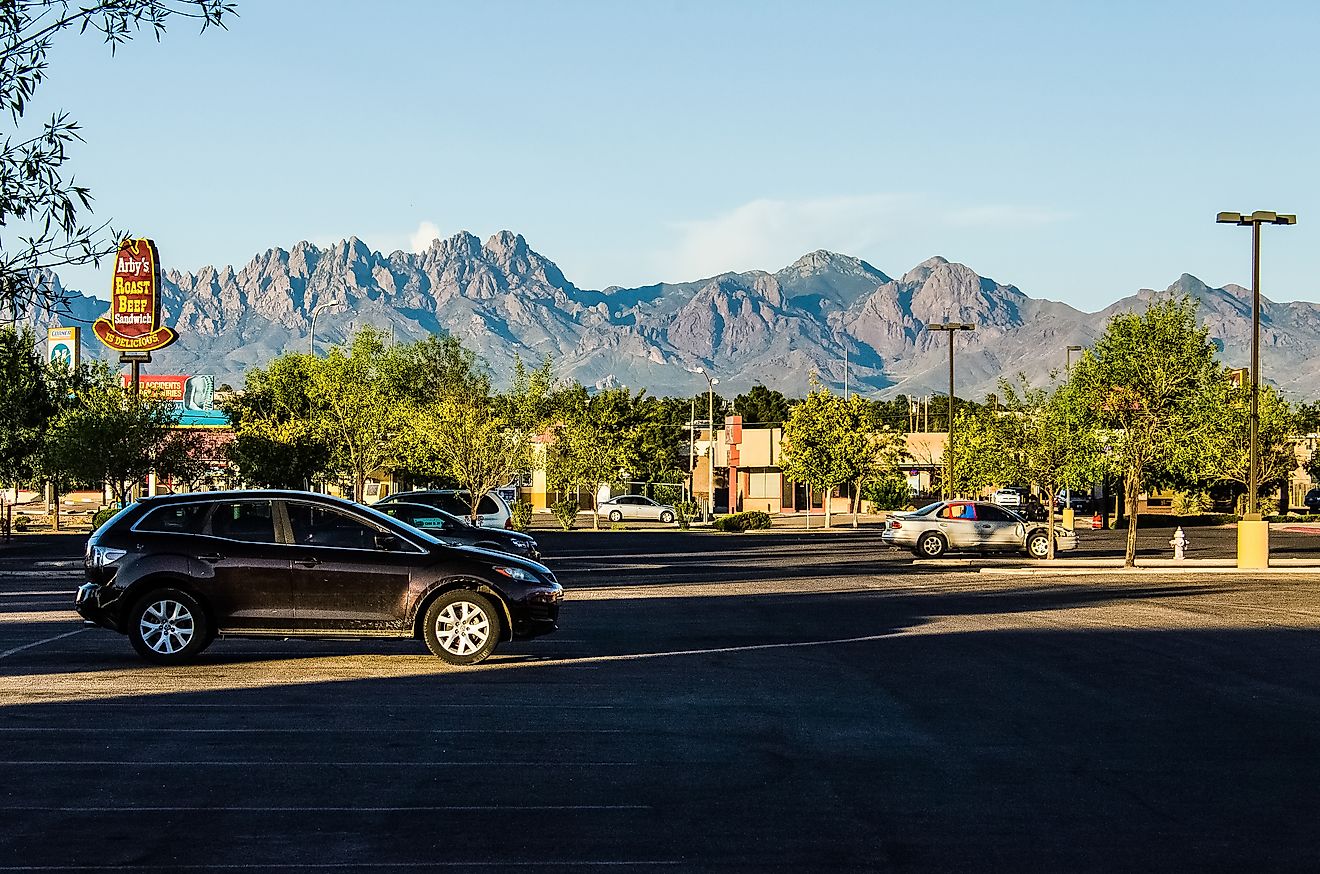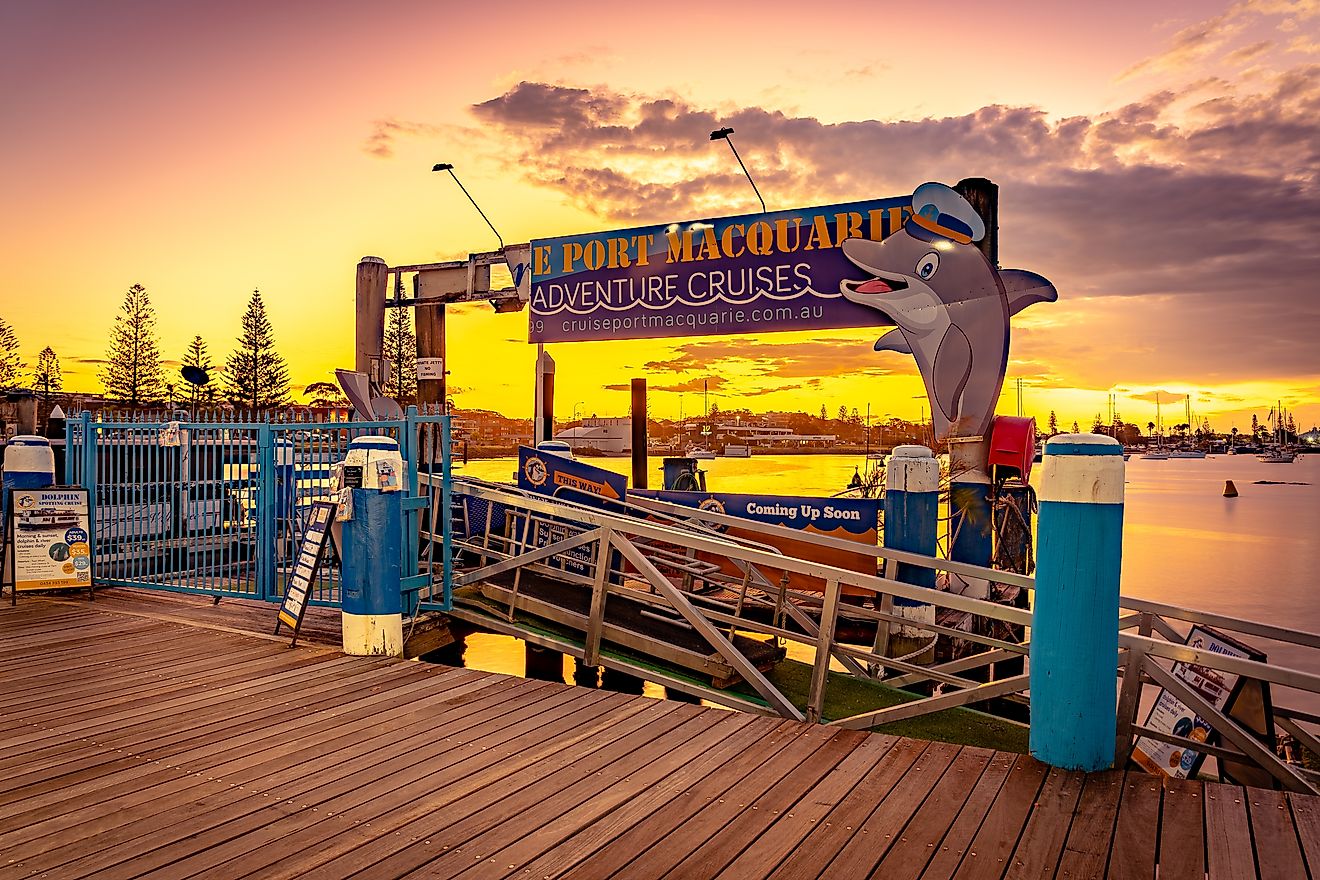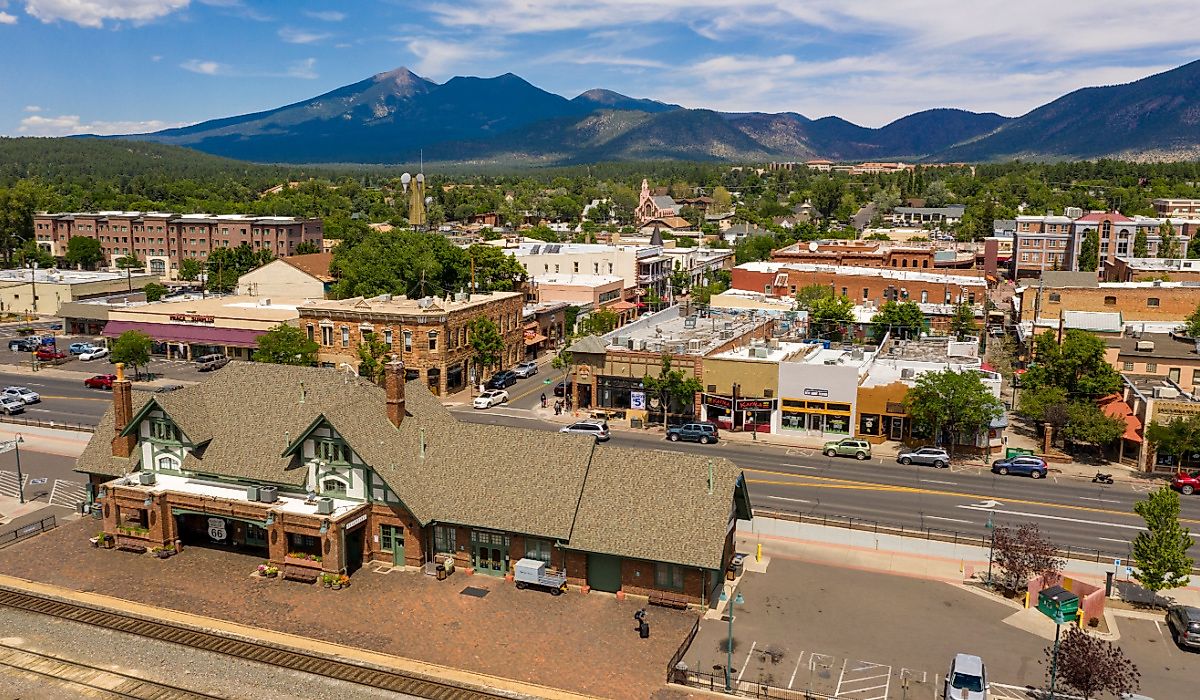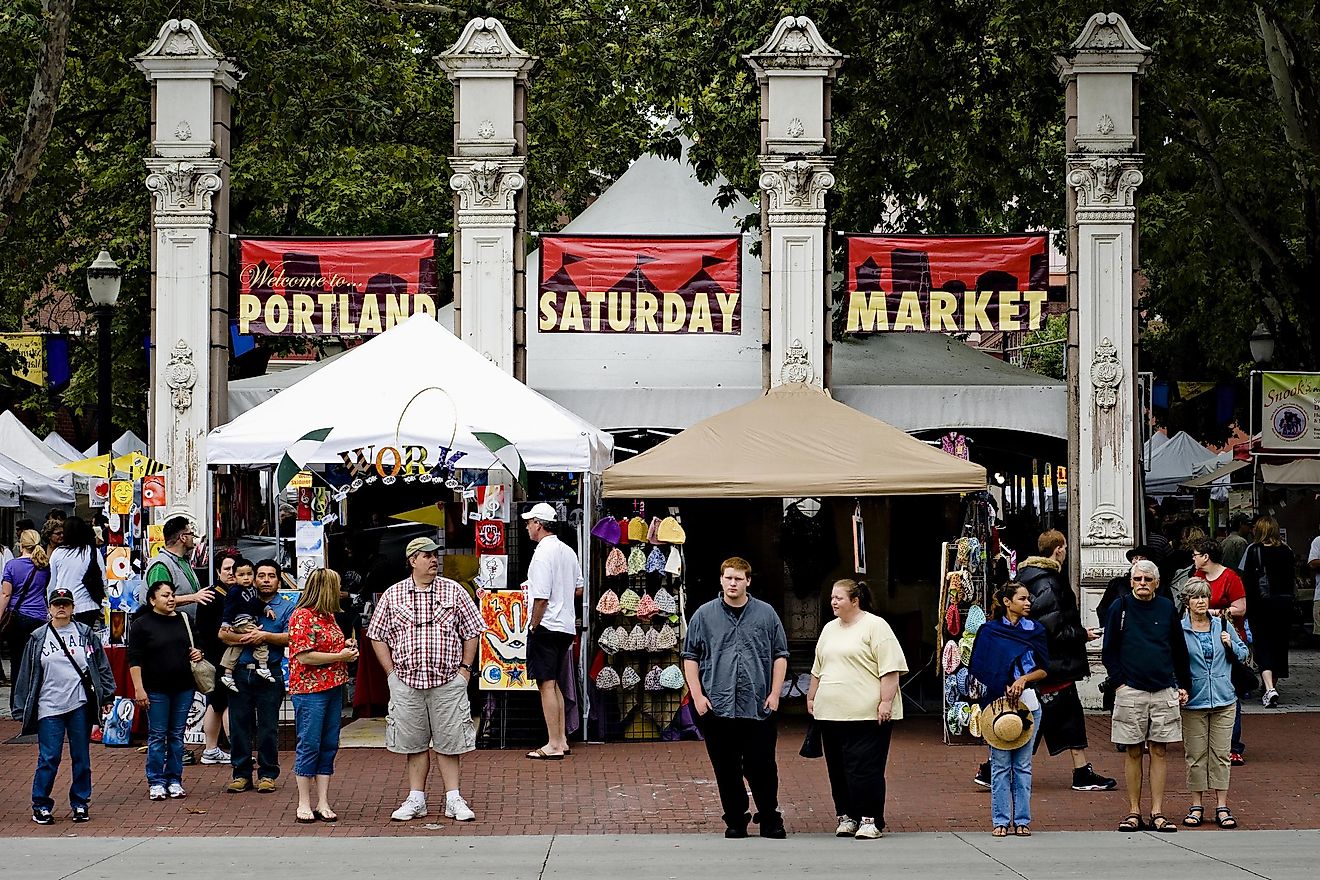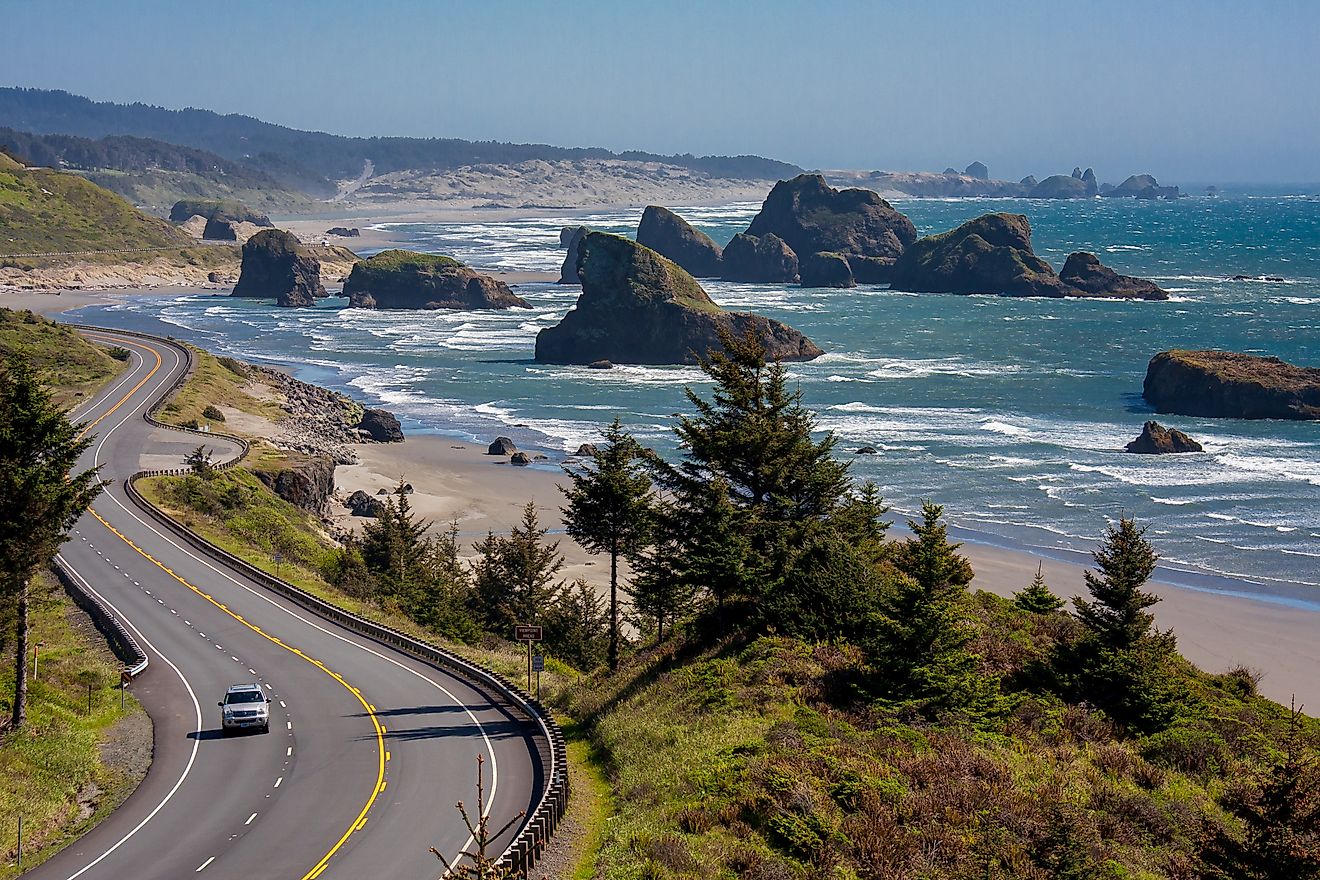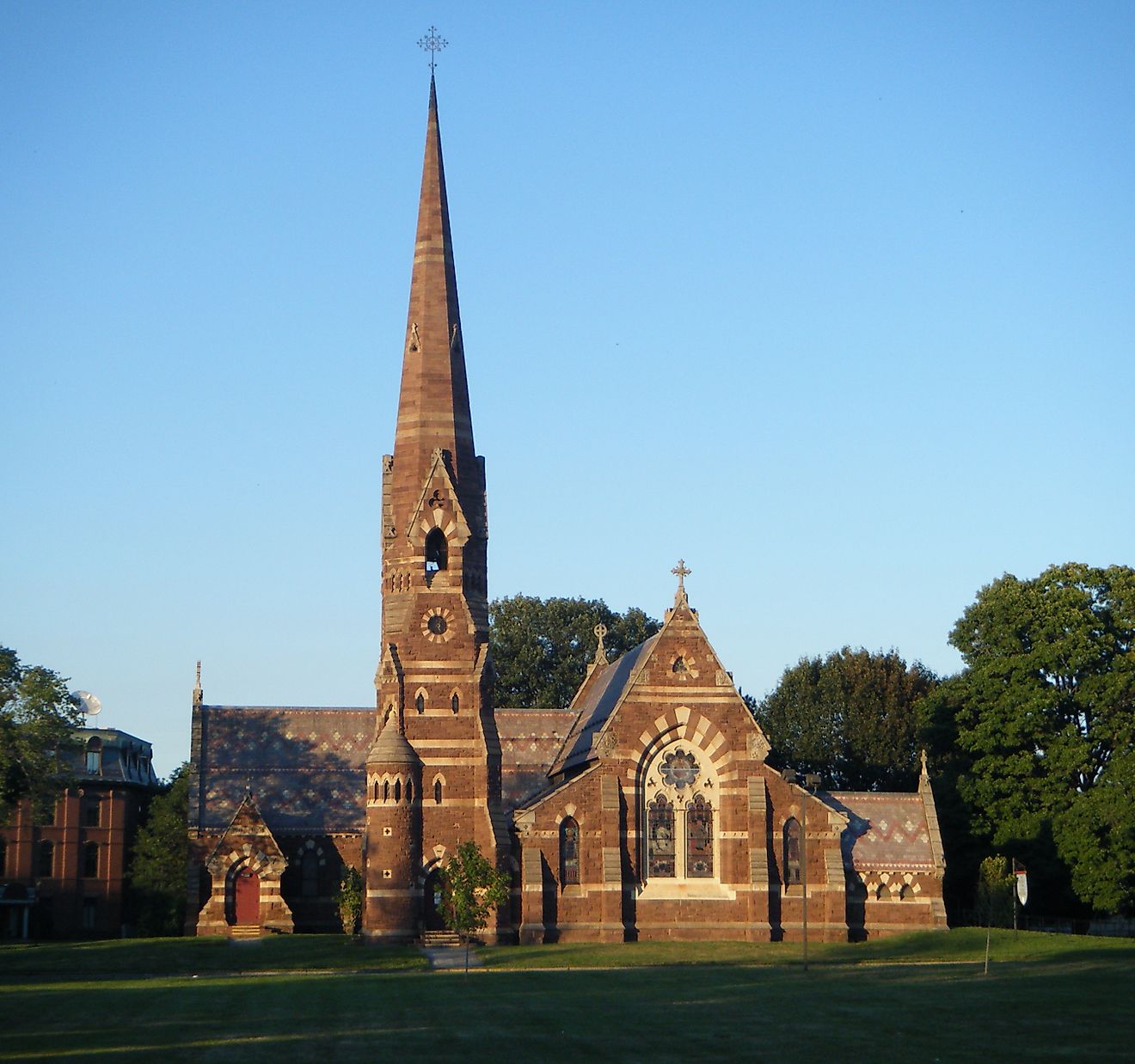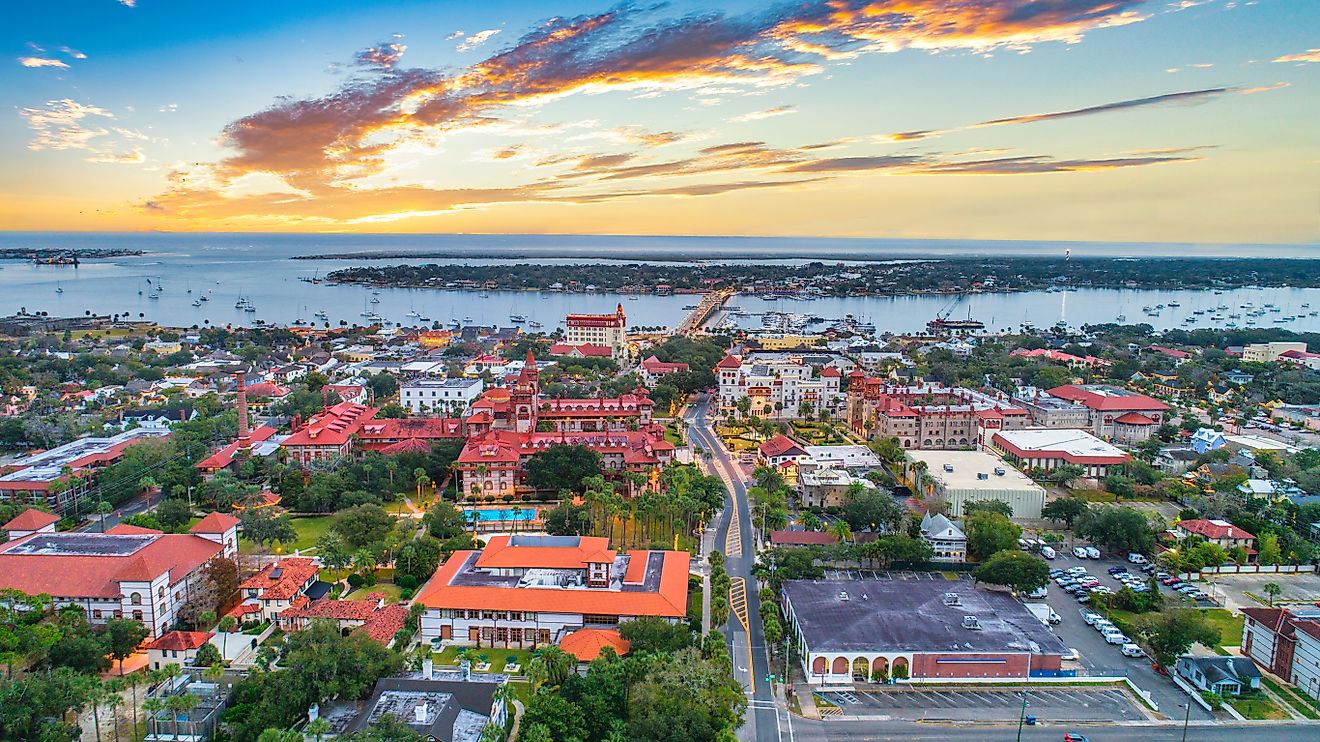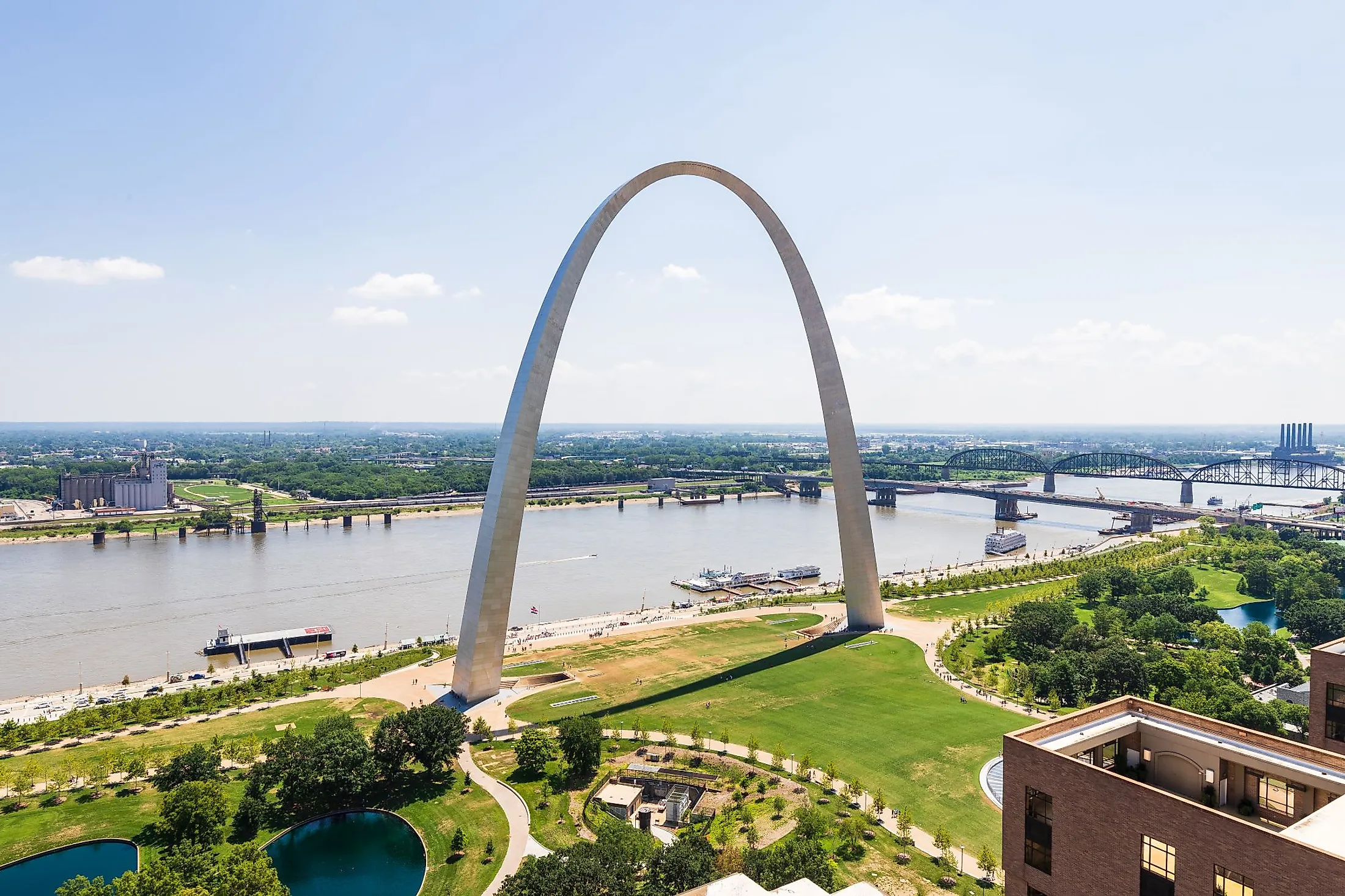
Gateway Arch, St. Louis
Standing at 190 meters, the Gateway Arch is one of Missouri’s popular landmarks and the world’s tallest arch. The monument is located in St. Louis on the Mississippi River’s west bank.
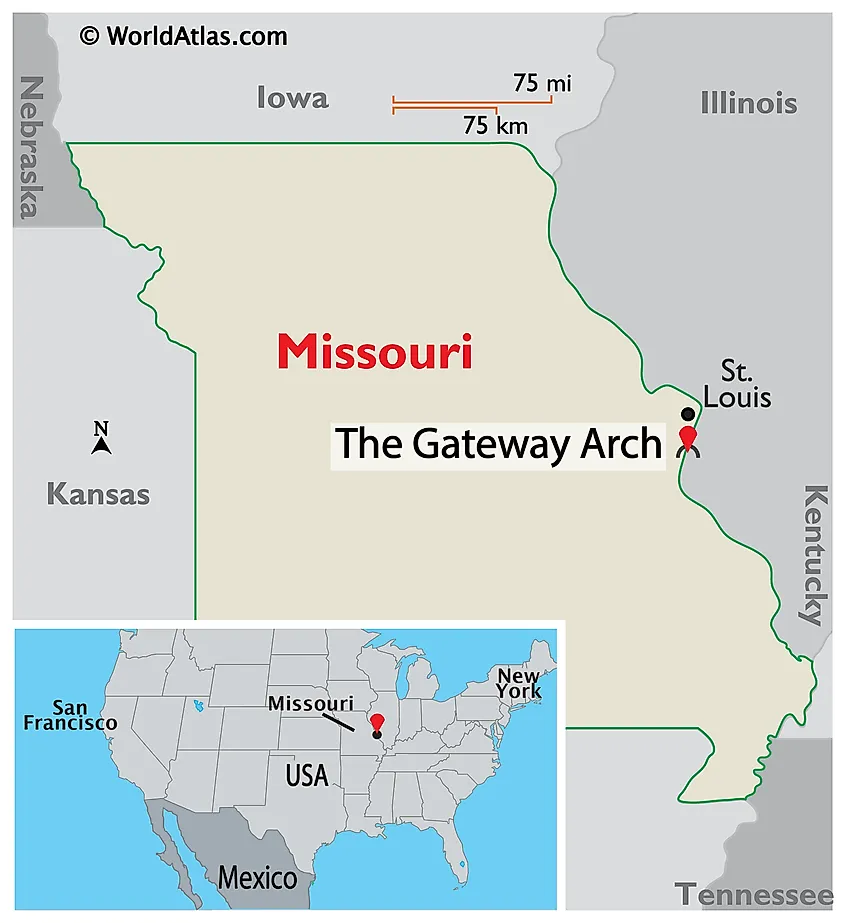
The arch is symbolic of the role played by St. Louis as the “Gateway to the West” in the United States’ Westward Expansion in the 19th century. The elegant arch acts as a door to the country’s western part and is the main attraction in the Gateway National Park. The Gateway Arch was designed in 1947 by Eero Saarinen and constructed from February 1963 to October 1965 for US$ 13 million.
Background
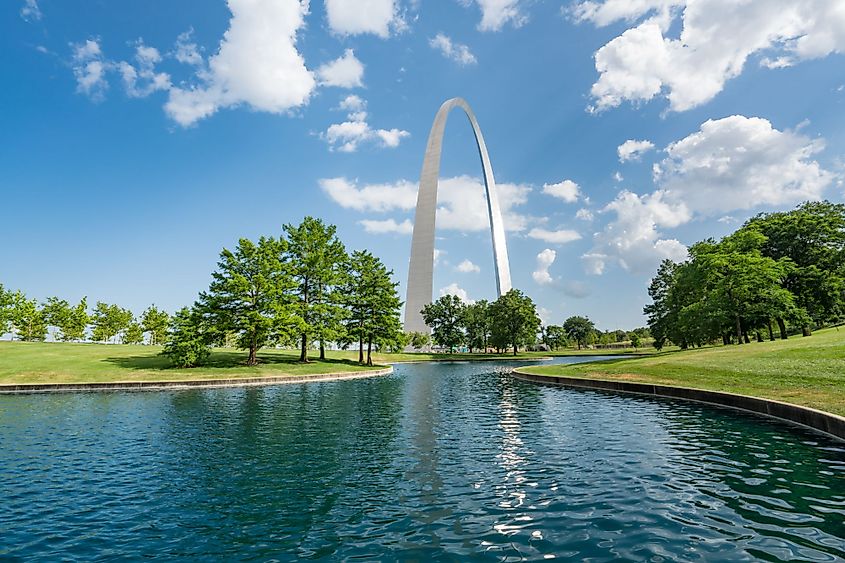
The construction of a monument on the St. Louis riverfront area was envisioned by Luther Ely Smith in 1933, who believed such a memorial would revive the area and promote its economy. He shared his vision with Bernard Dickmann, who was the Mayor at the time. Dickmann bought the idea and later shared it with the city leaders who allowed the formation of the Jefferson National Expansion Memorial Association. Smith and Dickmann were appointed the association’s chairman and vice-chairman and were to be responsible for establishing a memorial to the people who made the country’s western expansion possible. The association estimated the project to cost around US$ 30 million and asked the government to foot US$ 22.5 million or three-quarters.
Legal Backing
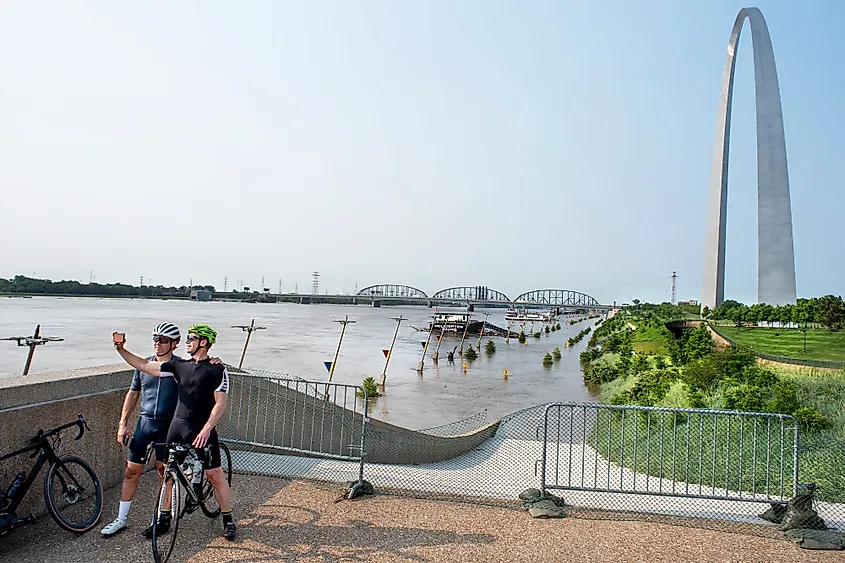
The construction of a memorial on the riverfront area required Senate and Presidential approval. The appropriation bill seeking an allocation of $30 million for the memorial project was introduced to Congress in January 1934 by Rep. John Cochran and Senator Bennett Champ Clark. But, Congress rejected the bill due to the large amount the association was seeking. However, the bill was turned over on April 5, passed on June 8, and signed into law by President Roosevelt on June 15. The bill also instituted an expansion commission comprising 15 members appointed by Congress and the President. The US Territorial Expansion Memorial Commission approved the project proposal, its significance, and the budget. President Roosevelt signed the Presidential Order designating the memorial a National Historic Site and allocated it 82 acres of land and $6.75 million.
Planning and Construction
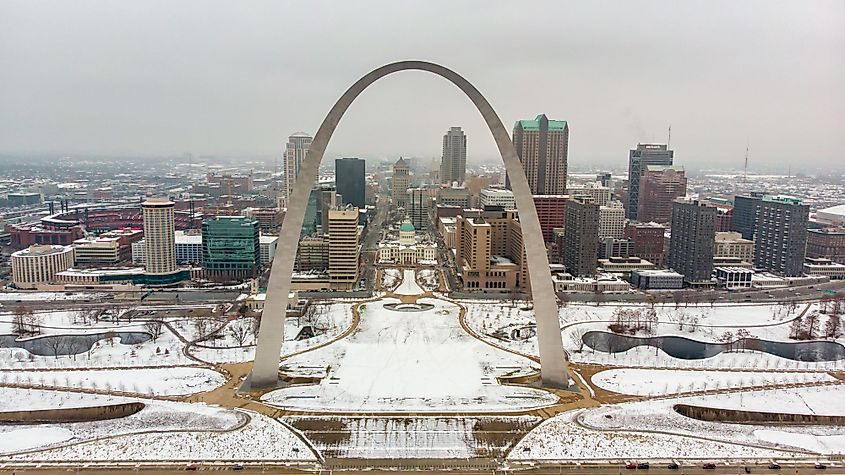
The first planning phase involved purchasing and demolition of buildings within the historic site using the appropriated $6.75 million. The entire area's demolition, including railroad tracks, was completed in 1942. However, the Old Rock House and the Old Cathedral were not demolished because of their significance. The second phase involved a design competition to determine the memorial’s architectural design. The two-stage competition opened on May 30, 1947. The jury comprising seven members received 172 submissions by September 1, which they narrowed down to five. The jury selected Eero Saarinen’s design as the winning design, with Eero awarded $50,000 and $40,000 to his team.
The arch’s construction commenced on February 12, 1963. The steel triangle was placed first using derricks and cranes. Then, the arch was assembled using 142 stainless steel sections. The section walls were filled with concrete and tension bars. The contractor placed a 9.1-meter observation tower for people who wanted to observe the construction progress. After several delays and lawsuits, the arch was completed on October 28, 1965, and opened for visitors on June 10, 1967.
Design Overview
The Gateway Arch is 190 meters tall, with the distance from the left leg to the right leg equalling the height. It is the US' tallest memorial and the world’s tallest stainless steel memorial. The walls are reinforced by a concrete covered by stainless steel skin. The arch has a tram system that takes observers to the top observation deck. Each of the two legs is 13 meters thick and 18 meters deep. The arc can sway 18 meters in either direction, a characteristic that helps it withstand an earthquake. It weighs 38,898 tons, of which 23,570 tons is concrete. The Gateway Arch is often illuminated in pink during breast cancer awareness month.
Significance
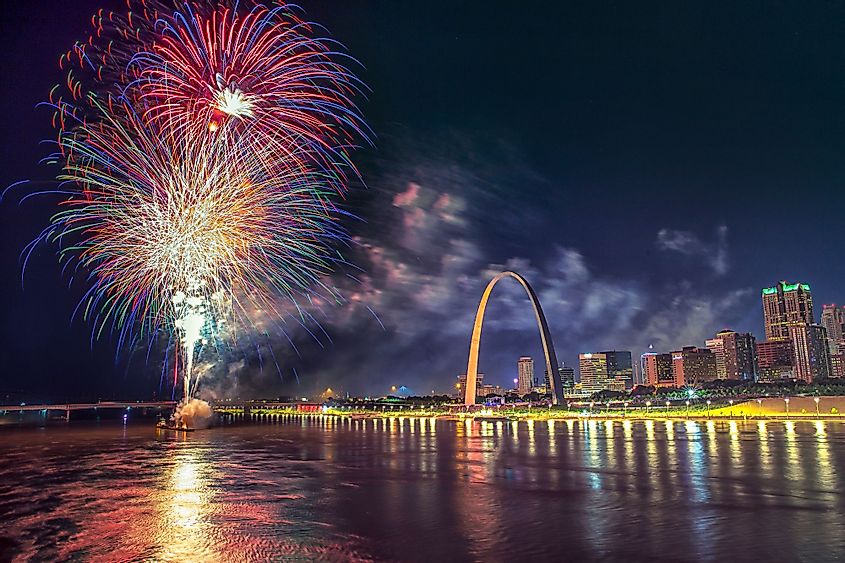
The Gateway Arch is one of the world’s most-visited monuments, attracting over four million tourists annually. In its first year, almost 620,000 people visited the arch’s top, and by January 1969, one million people had reached the observation area. On June 2, 1987, the arch was designated a National Historic Landmark. The arch has a visitors center, mechanical room, two theaters, a tram system, and a waiting area. The observation area is located on top of the arch and can accommodate 160 people. The area has 16 windows on each side, offering a view of up to 48 kilometers.
